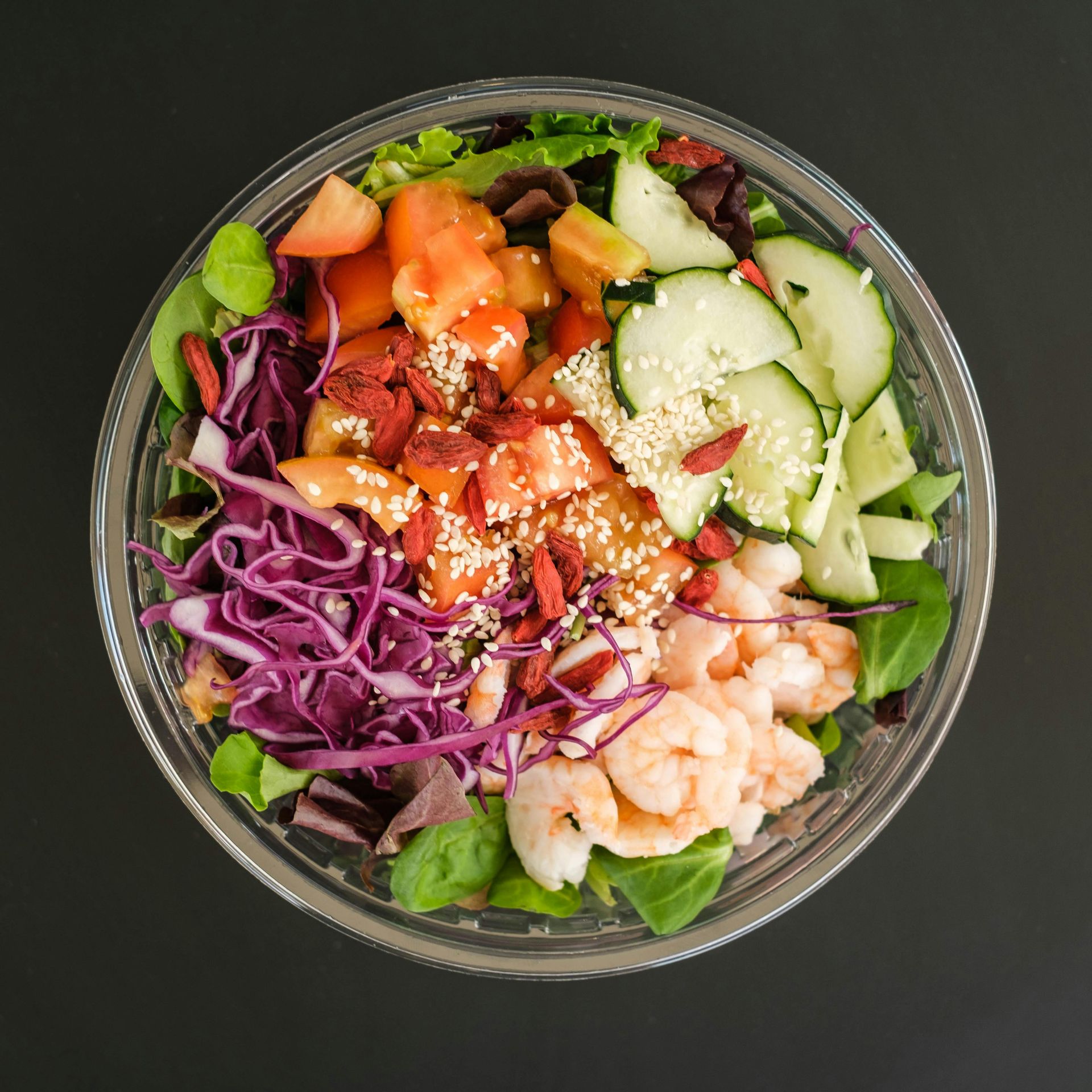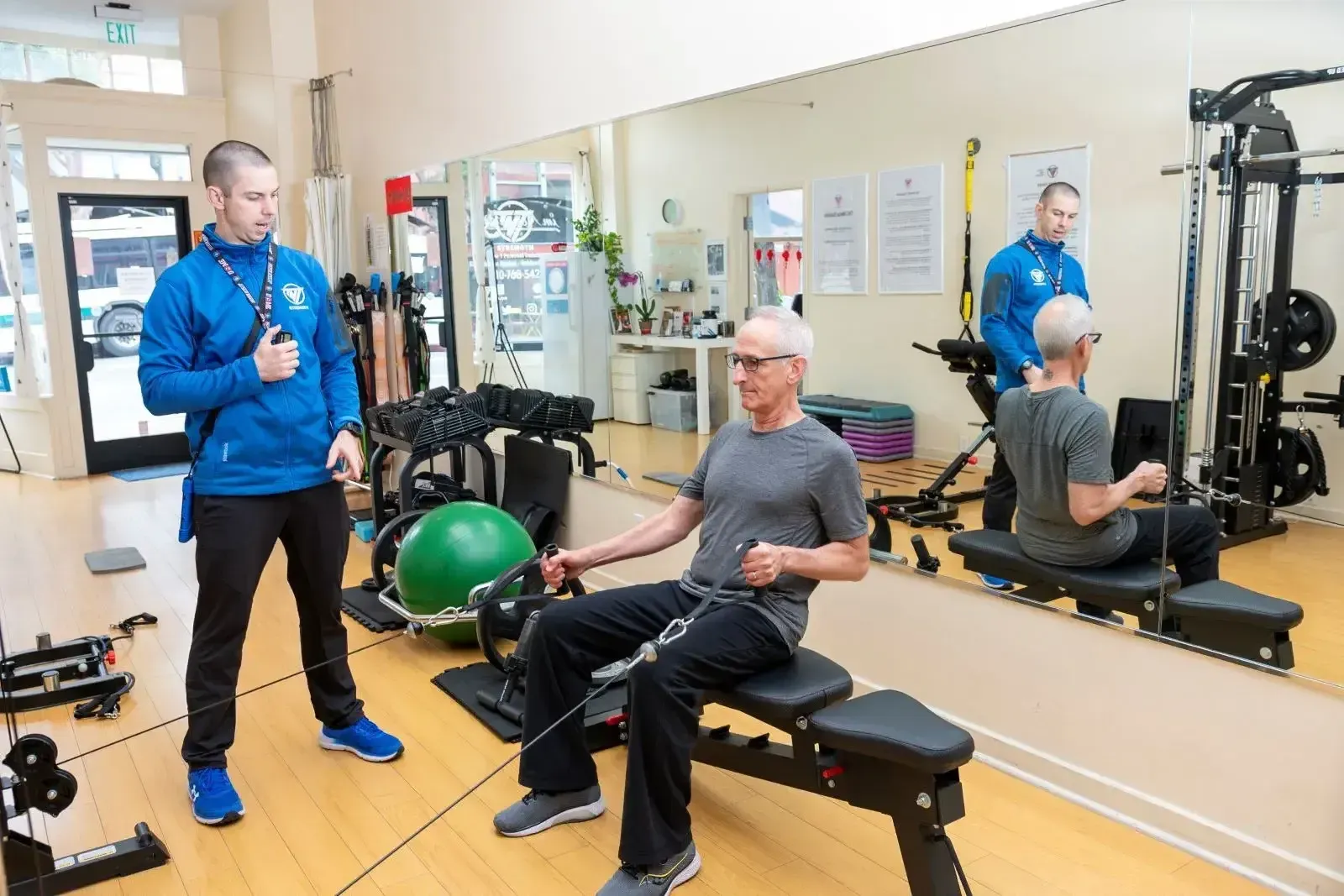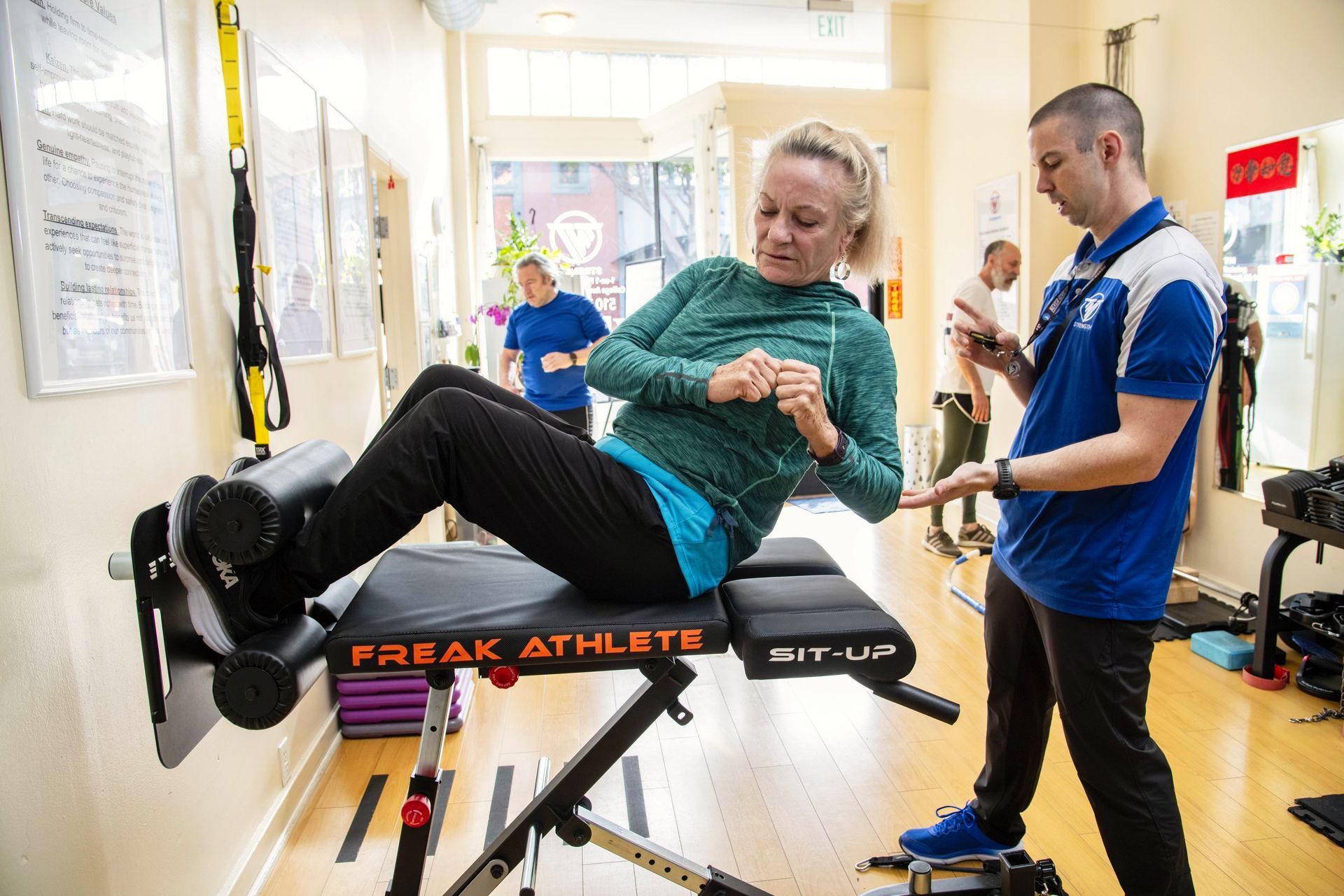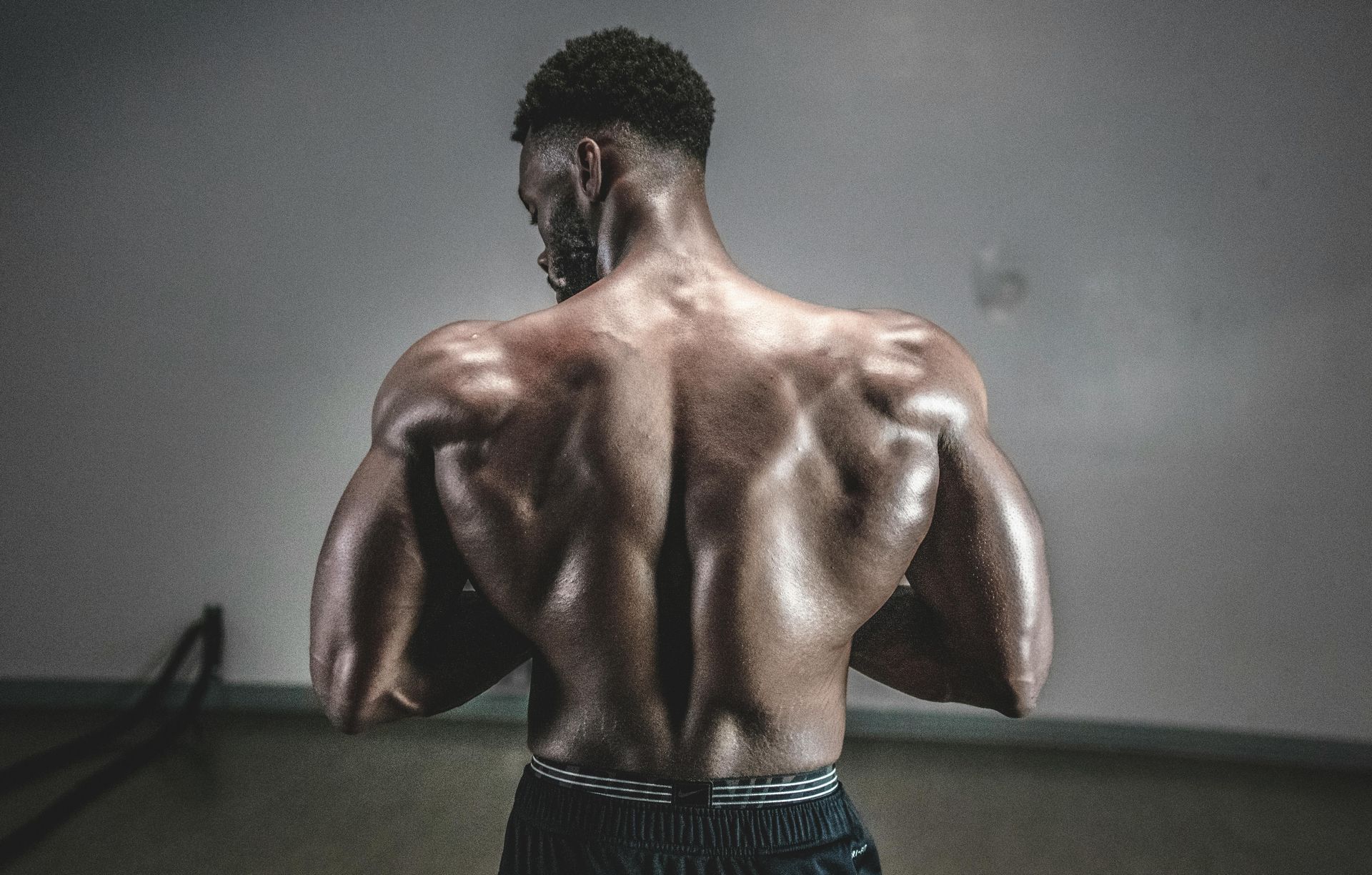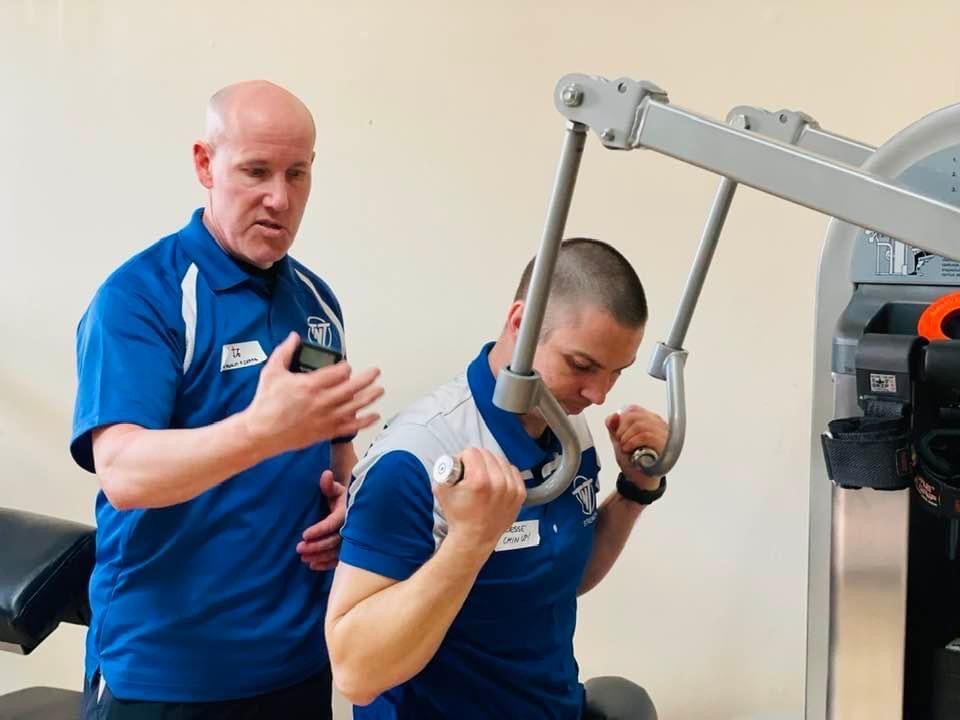Why Olympic-Style Weightlifting Is Not the Safest or Most Efficient Way to Develop Strength
TL;DR
Olympic lifts (Snatch, Clean & Jerk) demonstrate power and athleticism — but for most people trying to get stronger, healthier, and more resilient, they're neither the safest nor the most time-efficient option. Traditional, controlled resistance training produces comparable or better strength gains with lower injury risk and greater scalability for everyday adults. If you live or work near College Avenue in Rockridge, don't assume Olympic lifts are the only or best path — there are smarter, safer ways to get strong.
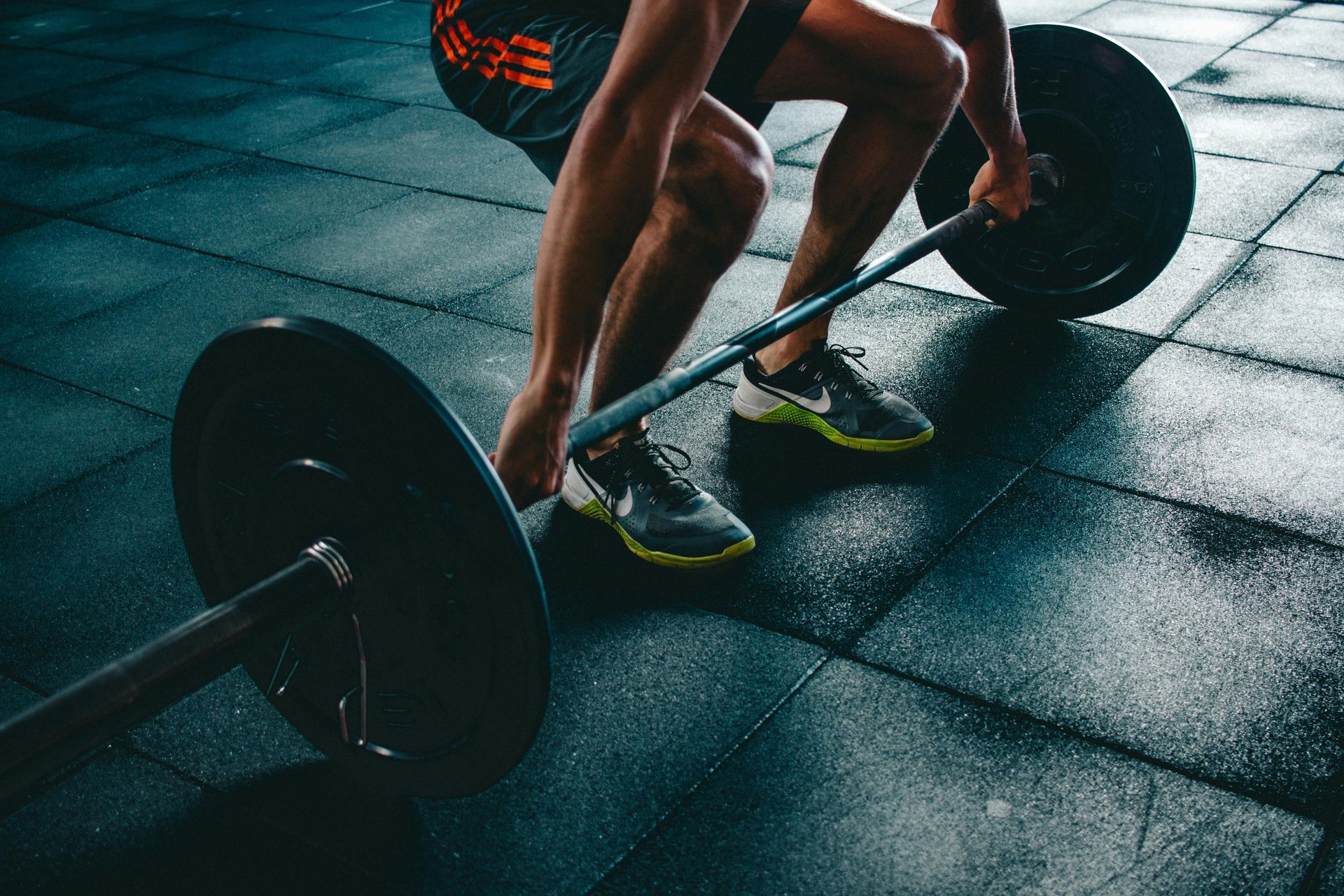
There's a romance about Olympic-style Weight lifting: the speed, the technique, the dramatic lift and drop. Coaches love it, athletes often feel that they benefit from it, and YouTube loves slow-motion snatches. But let me be blunt — for the average person, the weekend warrior, the busy professional from Rockridge, or the older adult who wants to keep playing with grandkids at Lake Merritt, Olympic lifting is often the wrong tool for the job.
Below I'll explain why — in plain language, backed by current science — and give practical alternatives that are safer, more efficient, and just as effective for building real-world strength.
1) Olympic Lifts are Technical, Time-Consuming, and Hard to Scale
The snatch and clean & jerk are highly technical. Mastery requires hours of coaching and thousands of practice reps to make the lifts reliable and safe at heavy loads. That's fine if you're an athlete training specifically to become an Olympic-Style weightlifter. It's inefficient if your goal is general strength, improved function, or time-efficient results.
A recent review comparing weightlifting training (WLT) to traditional resistance training highlights that while WLT may improve power and speed, many WLT studies either use athletes or include significant technique practice — conditions that don't translate to most adults who can't dedicate huge time blocks to training. In short: the time and coaching cost for Olympic lifts is high.
2) Safety — The Evidence Is Mixed, and Context Matters
Injury incidence in elite Olympic weightlifters during training and competition has been reported in several systematic reviews; injury rates vary but aren't negligible. A 2024 updated systematic review reported injury incidences in weightlifting training and competition that practitioners should respect, particularly for lifters who train frequently and at high intensity. For recreational lifters with limited coaching, that risk rises.
Conversely, a 2023 systematic review looking across resistance training modalities concluded that traditional strength training (slower tempo, controlled reps, machine and free-weight strength work) tends to be the safest option compared with higher-risk methods (e.g., strongman-style events). That same review highlights the relative safety and accessibility of conventional strength protocols for non-specialists. If safety and long-term joint health matter to you (they should), traditional resistance training often wins.
3) Efficiency: You Don't Need Fast Olympic Mechanics to Get Strong
If your primary objective is to increase maximal strength, muscle mass, bone density, and functional capacity, controlled, progressive resistance training delivers those outcomes efficiently. Controlled lifts (Leg Press, Squat, Deadlift, Press, Rows) allow you to progressively overload the muscles safely without a huge investment in technical practice. Many studies show similar or superior strength and hypertrophy outcomes from slower, higher-load, well-controlled resistance training compared to highly technical, high-velocity lifts when the population is general adults.
Put simply: a 30-minute, twice-weekly program of heavy compound lifts will build the structural tissue you need — and save you coaching hours you'd otherwise spend dialing in Olympic-Style Lifting mechanics.
4) Transfer vs. Specificity — Olympic Lifts May Help Some Athletes, Not Everyone
Olympic lifts may be great for sports that demand a very specific expression of power (rapid hip extension, triple extension timing). The NSCA and other bodies acknowledge weightlifting derivatives may be useful for sport performance when implemented correctly. But for most clients whose aim is to get stronger, reduce fall risk, improve posture, and increase everyday function — those gains come faster from well-programmed strength work that emphasizes control, full range, and progressive overload. In short: Olympic lifts are specific tools for specific jobs.
5) Coaching Quality Is a Major Limiting Factor
One consistent finding across the literature: competent coaching reduces injury and increases benefit. Olympic lifts demand high-quality coaching. If you don't have that, you are stacking small risks into large ones. At TNT Strength in Rockridge, we prioritize methods that produce measurable strength with minimal coaching overhead: compound lifts, controlled tempo, and training systems you can maintain with far less technical error and far greater consistency.
Practical Alternatives (What to Do Instead)
If your goal is strength, resilience, and long-term health — not Olympic competition — try this template:
• Heavy compound lifts: Leg Press or Squat variations, deadlifts (trap bar is excellent), Barbell or machine bench or Over Head-press, rows, pulldowns.
• Controlled tempo: Slow eccentrics, controlled concentric—progress load over weeks.
• Short, intense sessions: 20–30 minutes, 2–3×/week, focus on progressive overload.
• Power work (if needed): Low-risk explosive options — medicine-ball throws, un-loaded jump variations, kettlebell swings — to train rate of force development without the technical demand of a snatch.
• Individualization & screening: Prioritize movement quality and joint health before chasing velocity.
These approaches build muscle, strength, bone, and function — with lower technical barriers and less coaching time.
Science & References:
Morris SJ, et al. Comparison of Weightlifting, Traditional Resistance Training and Their Effects on Performance — review, 2022. (comparison of WLT and traditional RT outcomes).
Serafim TT, et al. "Which resistance training is safest to practice?" — systematic review, Journal of Orthopaedic Surgery and Research, 2023 (found traditional strength training among the safest RT methods).
Tung MJY, et al. Injuries in weightlifting and powerlifting: an updated systematic review, 2024 — incidence and injury patterns in Olympic weightlifting.
NSCA Position Statement on Weightlifting (2023) — outlines benefits and coaching considerations for weightlifting in sport settings; emphasizes coaching competency.
Fossmo JE, et al. Effects of Different Relative Loads in Weight Training (2022) — review of loading strategies for strength and acceleration outcomes.
Local note (because I care about where we live and train)
If you live in Oakland's Rockridge district or commute via the Rockridge BART, know this: you don't need specialized Olympic lifting coaching in a big, crowded gym to get real results. A properly programmed strength plan — the kind we use at TNT Strength on College Avenue — will give you measurable strength, better mobility, and more energy for life in the East Bay, without the same time or injury risk Olympic lifts require.

FAQ — Common Questions from Rockridge Clients
Q: Are Olympic lifts "bad"?
A: No — they're valuable tools for athletes and competitors in the sport of Olympic Weightlifting. They're not inherently "bad," but they're not the best first-line tool for the average adult seeking strength, longevity, or time-efficient results.
Q: Can Olympic lifts increase my strength faster?
A: They may improve power and rate of force development, but maximal strength and muscle mass often increase faster and safer with progressive, heavy compound lifts and controlled tempo for non-specialists.
Q: I want power for sports — should I avoid Olympic lifts?
A: Not necessarily. If sport specificity requires it and you have competent coaching/time to practice technique, Olympic lifts may help. If you're short on time or coaching, choose safer explosive options (medicine-ball throws, kettlebell swings) or better yet controlled tempo lifting.
Q: Are Olympic lifts riskier than running or other sports?
A: Injury rates vary by activity and level. Some data show running has higher incidence per 1,000 hours than weightlifting, but context matters — competition vs recreational settings, technique, and coaching all influence risk. For most recreational lifters, traditional strength work offers a lower barrier to safe, effective progress.
Q: I live in Rockridge — where should I train if I want results without Olympic lifts?
A: Look for a coach who emphasizes controlled, progressive resistance, clear metrics, and individualization — not just flashy lifts. At TNT Strength (on College Ave), our focus is on evidence-based strength that fits busy East Bay lives.

TAKU's NOTE:
Olympic lifts are sexier on Instagram and they are required for the Olympic-Style weightlifting athlete. But if your goal is durable, practical strength — to move better, live longer, and spend time doing things you love in Oakland and the East Bay — you'll get there faster and safer with controlled, progressive strength training. Choose the right tool for the job. Train smart. Train safe.
Train hard. Train smart. Train brief.
— Liam "TAKU" Bauer, TNT Strength (Rockridge)
Experience the TNT Strength difference with a free workout.
START YOUR FITNESS TRANSFORMATION WITH A
FREE WORKOUT
Complete the form and we'll set up an appointment for you.

